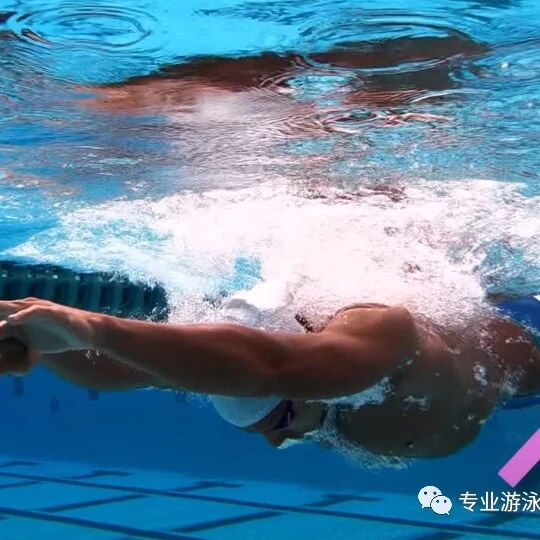Not just for swimming check-ins—learn to read your sports watch's swimming metrics.
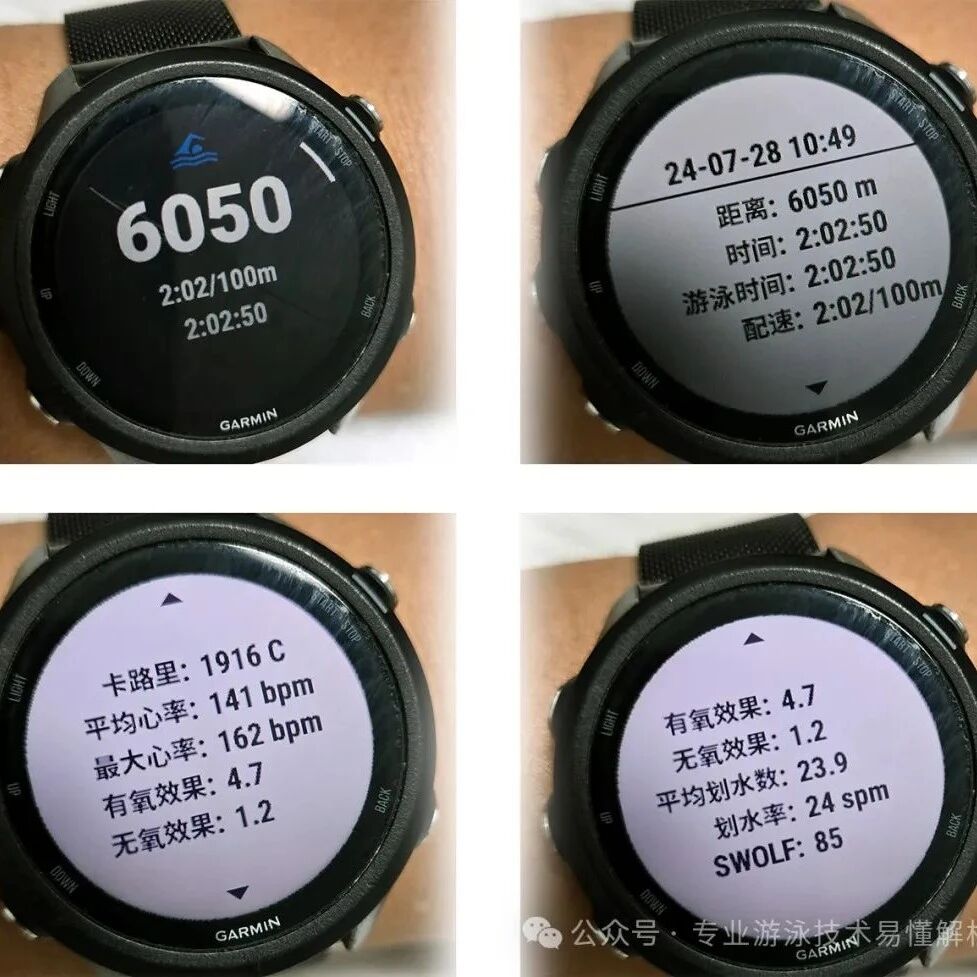
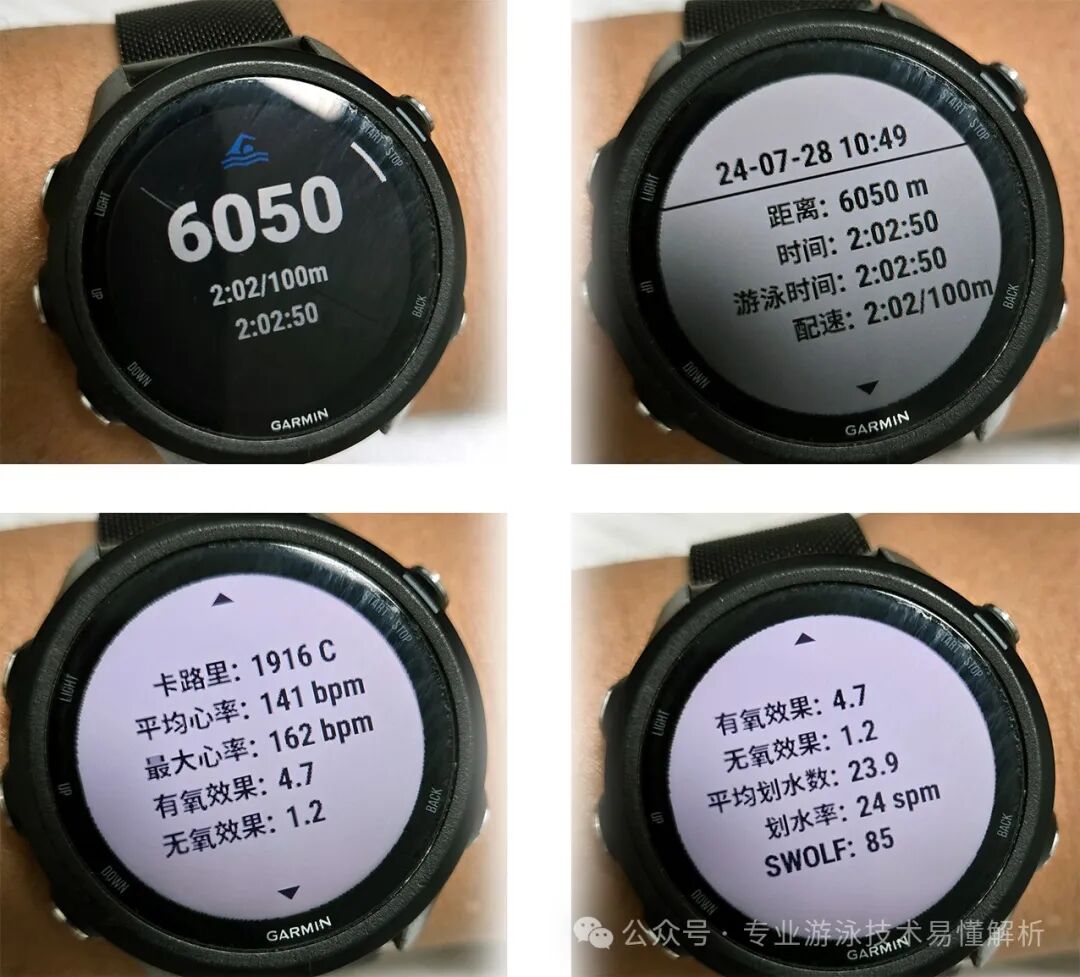
By the way, for sports watches, battery life, GPS support, and fitness metrics like blood oxygen, heart rate, and HRV monitoring are essential core features. Accuracy in activity detection—such as swim stroke recognition, running, paddleboarding, rowing, and gym workouts—comes next, while more advanced, "nice-to-have" features like customizable watch faces or solar charging take the backseat. Personally, I’m currently using the Garmin 245. For swimming enthusiasts, both the Garmin Swim 2 and Garmin 255 are excellent choices. However, if you’re looking to track other activities like running as well, or if you often swim in open-water environments, the Garmin 255’s dual-frequency, multi-satellite GPS support might give you a clear edge. Below, I’ll dive into some key metrics specifically relevant to swimming.
1. Keep your exercise heart rate under control
For friends who love swimming, it’s essential to keep your heart rate under control. Heart rate refers to the number of times your heart beats per minute during exercise. Typically, a person’s Maximum Heart Rate (MHR) can be calculated using the formula: 220 minus their current age. This result represents the safe exercise heart rate range. To achieve effective workouts and weight-loss benefits, aim to maintain your exercise heart rate above 60%. For moderate-intensity workouts, target a heart rate between 70% and 80% of your MHR, while for general-intensity activities, keep it within 60% to 70%. Meanwhile, athletes usually sustain an exercise heart rate of 80% to 90% or higher to optimize performance.
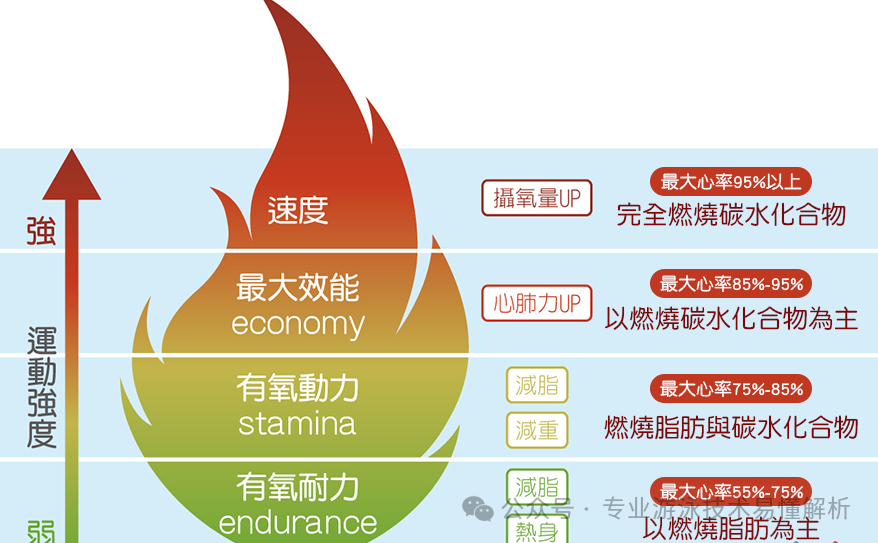
A good exercise heart rate response typically involves a gradual, steady increase as exercise intensity rises—and once the activity ends, the heart rate should quickly return to normal. However, there are two scenarios to watch out for: First, if your heart rate spikes rapidly even at low exercise intensity, it may indicate insufficient warm-up. Second, if your heart rate takes a long time to drop after finishing your workout, it could mean you’ve overexerted yourself and will need more time to recover.
2. Understand Your Swimming Efficiency
Like other sports, athletics is fundamentally the science of achieving maximum performance with minimal physical effort. A common metric for measuring swimming efficiency is the SWOLF score, calculated by adding the number of strokes to the total time in seconds—for example, if you swim 50 meters freestyle in a 50-meter pool with a stroke rate of 30 and a time of 60 seconds, your SWOLF score would be 80. The lower the SWOLF score, the more efficient the swimmer. For instance, imagine two swimmers who both complete the 50-meter freestyle in exactly 50 seconds. One swimmer completes 28 strokes, while the other performs 30. The first swimmer’s SWOLF score is 78, whereas the second’s is 80, clearly indicating that the first swimmer is more efficient and glides through the water more smoothly during the race.
Generally, the priority should be to first reduce the stroke frequency—improving the efficiency of each individual arm stroke—and only then focus on increasing the stroke rate, measured as SPM (strokes per minute). Once your swimming efficiency has stabilized, gradually boosting your SPM becomes the next step toward reaching your performance goals.
For swimming enthusiasts, a SWOLF score between 75 and 90 is considered quite good, while professional swimmers typically achieve scores ranging from 40 to 60.
It's important to note that the SWOLF score is directly related to a swimmer's height—only when comparing swimmers of the same height does the SWOLF value become truly comparable. For instance, if one swimmer stands 2 meters tall with an arm span of 2 meters as well, they could theoretically complete a 50-meter pool by performing just 25 strokes (50 divided by 2). In contrast, a shorter swimmer would, in theory, have a higher SWOLF score.
So, when comparing swimming performance among swimmers of different heights, it’s generally more practical to evaluate single-arm pull efficiency. By measuring each swimmer’s single-arm pull distance relative to their own height—specifically, the ratio of these two values—the higher the ratio, the more efficient the swimmer is at converting strokes into forward motion. Of course, swimmers of varying heights should focus their training efforts in different directions: shorter swimmers should prioritize improving their SPM (strokes per minute), while those with a natural physical advantage should concentrate on boosting their SPL (stroke length)—that is, the distance covered with each stroke. To draw an analogy with running: shorter-legged runners tend to maintain a quicker cadence, while taller runners often take longer, more powerful strides.
One WeChat official account shares swimming tips, while another focuses on software insights, online resources, and reading experiences.
Thank you for your supportive and encouraging likes, but we’d love even more if you could leave comments to spark a conversation—and of course, feel free to share and forward as well!
Related Articles
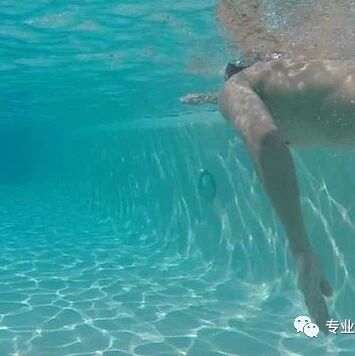
Freestyle elbow drills: The key to improving your stroke lies in your arms.
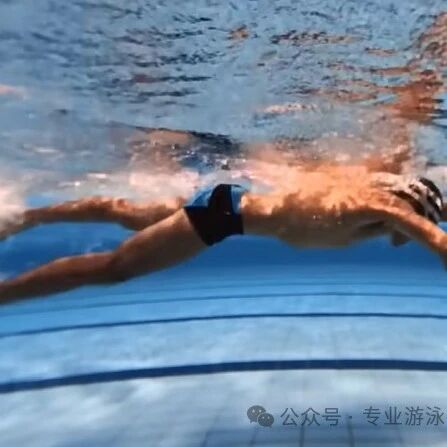
One simple trick to fix the elbow-dragging issue in the freestyle pull-through motion
